Home>Garden Essentials>How Many Grams In A Seed Packet
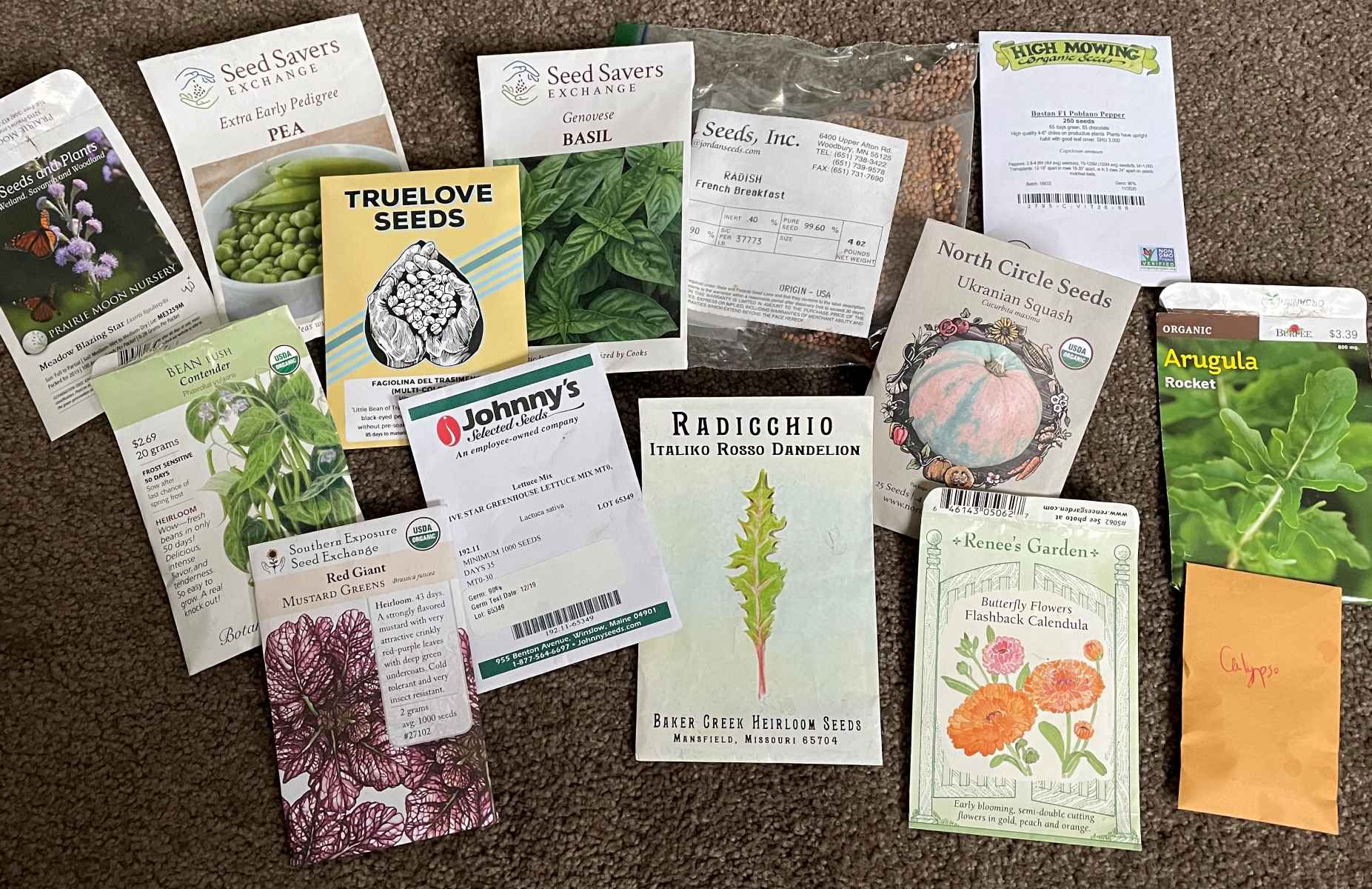

Garden Essentials
How Many Grams In A Seed Packet
Modified: August 17, 2024
Looking to start a garden? Find out how many grams are typically in a seed packet and get ready for a successful gardening journey.
(Many of the links in this article redirect to a specific reviewed product. Your purchase of these products through affiliate links helps to generate commission for Storables.com, at no extra cost. Learn more)
Introduction
Welcome to the wonderful world of gardening! Whether you are an experienced green thumb or a curious beginner, understanding the basics of seed packets is essential for a successful gardening journey. One important aspect of seed packets that often puzzles gardeners is the weight of the seeds contained within. How many grams are typically found in a seed packet? In this article, we will explore the world of seed packet sizes, their average weight, factors that influence the weight, and the importance of understanding seed packet weights for your gardening endeavors.
Seed packets are a common form of packaging for storing and selling seeds. They are typically made of paper or plastic and come in various sizes and designs. These packets serve as a protective enclosure for the seeds, ensuring they remain intact and viable until you are ready to plant them. Additionally, seed packets often contain important information such as the type of plant, planting instructions, and the expected germination time.
Understanding the size of seed packets is crucial as it gives you an idea of the quantity of seeds you are purchasing. The weight of the seeds can vary based on several factors, which we will delve into shortly. By knowing the average weight of seed packets, you can estimate the number of seeds you are receiving and plan your planting accordingly.
Key Takeaways:
- Seed packet weight helps you plan your garden by estimating the number of seeds and ensuring optimal spacing for healthy plant growth.
- Understanding seed packet weight is important for budgeting, organization, and choosing seeds with higher chances of successful germination.
Read more: How Many Seeds Are In A Johnny Seed Packet
Understanding Seed Packets
Seed packets are not just containers for seeds; they are informative tools that provide valuable details about the seeds inside. When you look at a seed packet, you will often find the name of the plant species or variety, planting instructions, suggested growing conditions, and the expected time for germination. Some seed packets even include additional information like the plant’s height, flower color, or days to maturity.
Seed packets come in various sizes, ranging from small envelopes to larger pouches. The size of the packet is often determined by the number of seeds contained within and the packaging preferences of different seed companies. Smaller packets usually contain fewer seeds, while larger packets can accommodate a higher quantity.
Besides providing valuable information, seed packets are designed to protect the seeds from external factors that could compromise their viability. The packets are typically made of materials that allow for airflow while preventing excessive moisture and light from reaching the seeds. This helps to maintain the seeds’ freshness and increases their chances of successful germination when planted.
Additionally, seed packets may differ in design and branding. Each seed company has its own unique logo, color scheme, and visual style that distinguishes their packets from others. Some companies even include engaging illustrations or photographs of the plants on the packets to capture the interest of gardeners.
Understanding seed packets goes beyond their physical appearance. It involves grasping the information provided and being familiar with the specific needs of the seeds inside. By carefully reading the planting instructions and following the recommended guidelines, you can give your seeds the best possible chance of thriving and producing healthy plants.
Now that we have a basic understanding of seed packets, let’s explore the weight of seeds typically found in these packets and how it varies.
Seed Packet Sizes
Seed packet sizes can vary significantly depending on the type of plant, the number of seeds, and the packaging choices of different seed companies. When it comes to size, seed packets typically fall into two main categories: standard-sized packets and mini packets.
Standard-sized seed packets are the most common and widely available. They are usually rectangular or square-shaped, measuring around 3.5 to 4.5 inches in width and 5 to 6 inches in height. These packets can hold a moderate to large number of seeds, ranging from 25 to 500 seeds, depending on the plant variety. Standard-sized packets provide ample space for printing detailed planting instructions and other important information. They are suitable for home gardeners as well as professional growers.
On the other hand, mini packets are smaller in size and are often used for specialty or rare seeds. These tiny packets are conveniently sized, measuring around 2.5 to 3.5 inches in width and 4 to 5 inches in height. Mini packets are ideal for those who have limited space or want to try out a new variety with a small quantity of seeds. They typically contain fewer seeds, ranging from 5 to 25, allowing gardeners to experiment without a large commitment.
It’s important to note that the actual size of seed packets may vary slightly between different seed companies. Some companies may offer unique packaging designs, such as seed packets shaped like tea bags or folded envelopes. These alternative packet styles can add a fun and creative touch to your gardening experience.
Seed packet sizes are often chosen based on the type of plant being packaged. Large-seeded plants, like sunflowers or beans, may require bigger packets to accommodate their size. Smaller seeds, such as lettuce or flower seeds, can fit more compactly in standard or mini packets. The choice of packet size also depends on market demand and the preferences of seed companies.
Now that we have a better understanding of seed packet sizes, let’s explore the average weight of seeds contained within these packets.
Average Weight of Seed Packets
The weight of seeds in a packet can vary depending on multiple factors, including the type of plant, the seed size, and the number of seeds contained inside. On average, seed packets tend to range from 1 gram to 10 grams in weight.
For smaller seeds like lettuce or petunia, a packet typically weighs around 1 to 2 grams. These seeds are tiny and lightweight, so a small quantity can fill a packet. You might find hundreds or even thousands of seeds in a 1-gram packet of these small-seeded plants.
For medium-sized seeds like tomatoes or peppers, the weight of a packet may range from 3 to 5 grams. These seeds are slightly larger and thus have a bit more weight, so a smaller quantity will fit in a packet compared to smaller seeds. A packet of medium-sized seeds may contain around 25 to 50 seeds.
For larger seeds like beans or sunflowers, the weight of a packet can range from 5 to 10 grams or even more. These seeds are bigger and heavier, so fewer seeds will be included in a packet. A packet of large-seeded plants may contain anywhere from 10 to 25 seeds.
It’s important to note that these weight ranges are general estimates. The actual weight of a seed packet can vary depending on the seed company and the specific variety of plant being packaged. Some seed companies may offer smaller or larger packet sizes to accommodate the varying needs and preferences of gardeners.
When purchasing seed packets, it’s helpful to read the label or product description to determine the weight and the number of seeds inside. This information will give you an idea of the quantity of seeds you are getting and allow you to plan your planting accordingly.
Now that we understand the average weight of seed packets, let’s explore the factors that can influence the weight of these packets.
Check the label on the seed packet for the weight in grams. This will tell you how many grams of seeds are in the packet.
Factors Affecting Seed Packet Weight
The weight of seed packets can be influenced by various factors, including the type of plant, seed size, packaging materials, and the practices of different seed companies. Let’s take a closer look at these factors:
Type of Plant: Different plants produce seeds of varying sizes and weights. For instance, small-seeded plants like lettuce or basil will naturally have lighter packets compared to larger-seeded plants like beans or sunflowers. This is because the size and weight of the seeds directly affect the overall weight of the packet.
Seed Size: The size of the seeds also plays a significant role in determining the weight of a seed packet. Smaller seeds take up less space and weigh less, allowing for a larger quantity to be included in a packet. Conversely, larger seeds take up more space and have more weight, resulting in a smaller quantity of seeds per packet.
Packaging Materials: The weight of seed packets can also be influenced by the type of packaging materials used. Paper packets are generally lighter than plastic packets, as they contribute less weight to the overall package. However, some companies might choose to use thicker or heavier paper for added durability, which can slightly increase the weight of the packet.
Seed Company Practices: Each seed company may have its own preferences and practices when it comes to determining the weight of their seed packets. Some companies may opt to include more seeds in a packet to provide a higher quantity to customers, resulting in a heavier packet. Others may choose to package a smaller quantity of seeds for a lighter packet, which can be suitable for those with limited gardening space.
Specialty Seeds: Certain specialty seeds, such as heirloom or rare varieties, may be packaged differently and have varying weights. These seeds are often considered valuable and may be packaged in unique or decorative containers, which can impact the overall weight of the packet.
It’s important to keep in mind that while the weight of seed packets can vary due to these factors, the actual number of seeds contained within the packet is a more accurate representation of the quantity you are receiving. Reading the label or product description will provide you with this information.
Now that we’ve explored the factors that affect seed packet weight, let’s understand the importance of knowing the weight of seed packets for your gardening endeavors.
Read more: How Many Ounces In A Zinnia Seed Packet
Importance of Seed Packet Weight
Understanding the weight of seed packets is crucial for several reasons. It allows you to plan and prepare for your gardening activities more effectively. Here are some key reasons why knowing seed packet weight is important:
Quantity of Seeds: The weight of a seed packet provides an indication of the quantity of seeds you will receive. By knowing the weight, you can estimate the number of seeds inside and ensure you have enough for your gardening needs. This information helps you avoid underestimating or overestimating the number of seeds required for your desired planting area.
Planting Density: Different plants have specific spacing requirements for optimal growth. Knowing the weight of seed packets allows you to determine how closely or widely you should plant the seeds. For example, if you have a large quantity of seeds in a packet with a known weight, you can calculate the appropriate spacing to ensure each plant has enough room to grow and receive adequate nutrients and sunlight.
Cost Efficiency: Understanding the weight of seed packets can be helpful in terms of cost efficiency. For budget-conscious gardeners, knowing the weight allows you to compare prices and choose packets that offer the best value for money. By calculating the cost per seed, you can make informed decisions and select the most economical options for your gardening needs.
Seed Rotation and Storage: For gardeners who practice seed rotation or save seeds for future seasons, knowing the weight of the packets enables proper organization and storage. By recording the weight and corresponding plant variety, you can easily identify and retrieve specific seeds when needed. It also helps you keep track of your inventory and plan future plantings more efficiently.
Expecting Germination Rate: The weight of seed packets can sometimes provide insight into the expected germination rate. While the weight alone cannot guarantee germination success, it can give you an idea of the viability of the seeds. Generally, fresher and higher-quality seeds tend to have a higher weight, indicating their potential for better germination and healthier plant growth.
Seed Saving and Exchange: If you participate in seed saving or seed exchange activities with fellow gardeners, knowing the weight of seed packets becomes even more important. Communicating the weight of the packets ensures accurate sharing of seeds and helps maintain a fair and balanced exchange process.
In summary, understanding the weight of seed packets is essential for planning, budgeting, and organizing your gardening activities. It provides valuable information on the quantity of seeds, enables proper spacing and storage, and allows for efficient rotation and exchange of seeds.
Now that we have explored the importance of seed packet weight, let’s conclude our discussion.
Conclusion
Seed packets are not just simple containers for seeds; they are informative tools that provide valuable details about the plants they represent. Understanding the weight of seed packets is crucial for planning and organizing your gardening activities effectively.
By knowing the weight of seed packets, you can estimate the quantity of seeds inside, ensuring that you have enough for your planting needs. This knowledge allows you to avoid over or underestimating the number of seeds required, helping you achieve optimal plant density and spacing.
Moreover, understanding seed packet weight enables cost efficiency as you can compare prices and select the most economical options for your gardening endeavors. It also aids in seed rotation and storage, helping you stay organized and easily access specific seeds when needed.
Furthermore, the weight of seed packets can provide insight into expected germination rates, allowing you to choose seeds that have higher chances of successful germination and healthy plant growth.
Lastly, knowing the weight of seed packets is essential for seed saving and exchange activities. It ensures accurate sharing of seeds, maintaining fairness and balance in the exchange process among gardeners.
As you embark on your gardening journey, pay attention to the weight of seed packets. Read the labels or product descriptions to gain a better understanding of the quantity and viability of the seeds you are purchasing. Use this information to plan your plantings, ensure cost efficiency, and ultimately grow beautiful and thriving plants.
So, the next time you pick up a seed packet, take a moment to appreciate its weight and the valuable information it holds. Let seed packet weight be your guide as you nurture your garden and watch it flourish.
Happy gardening!
Now that you've got the scoop on seed packet weights, why not give your garden a stylish upgrade? Whether you're setting up a new plot or sprucing up an existing one, discovering effective garden fence ideas can transform your outdoor space into a haven of tranquility and charm. Delve into a variety of fencing styles designed to complement any gardening theme. Ready to enhance your garden's appeal? Check out our creative fencing suggestions!
Frequently Asked Questions about How Many Grams In A Seed Packet
Was this page helpful?
At Storables.com, we guarantee accurate and reliable information. Our content, validated by Expert Board Contributors, is crafted following stringent Editorial Policies. We're committed to providing you with well-researched, expert-backed insights for all your informational needs.
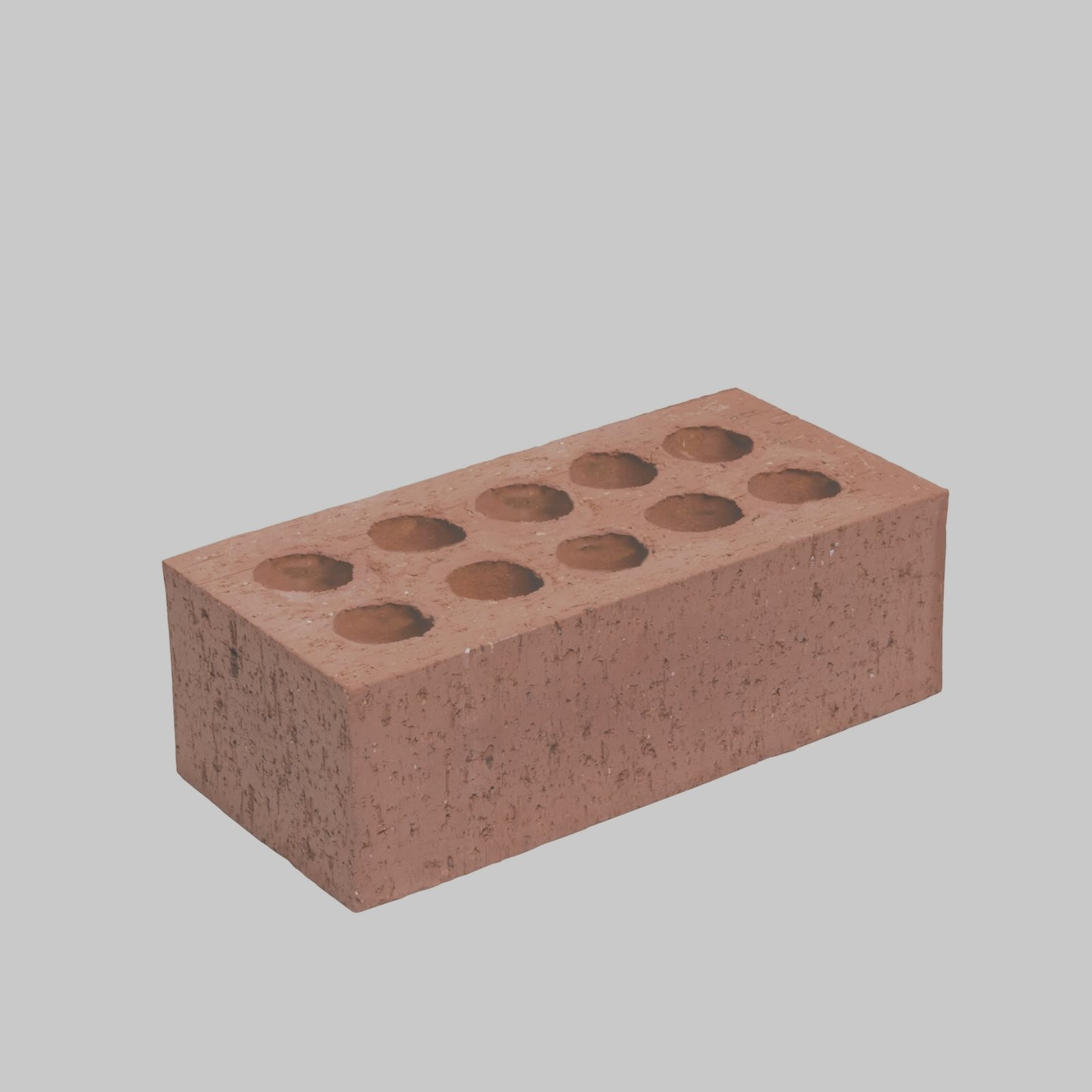
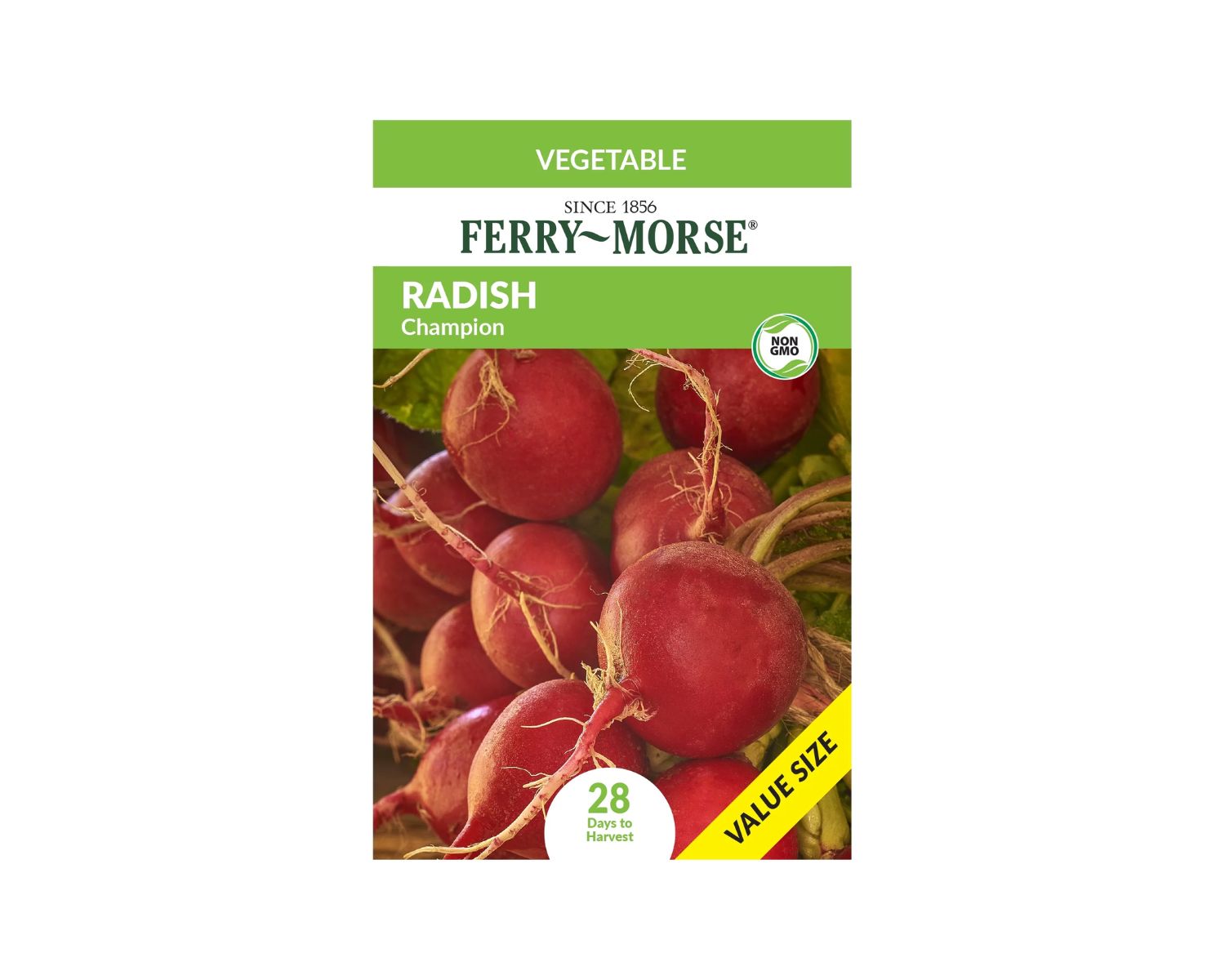

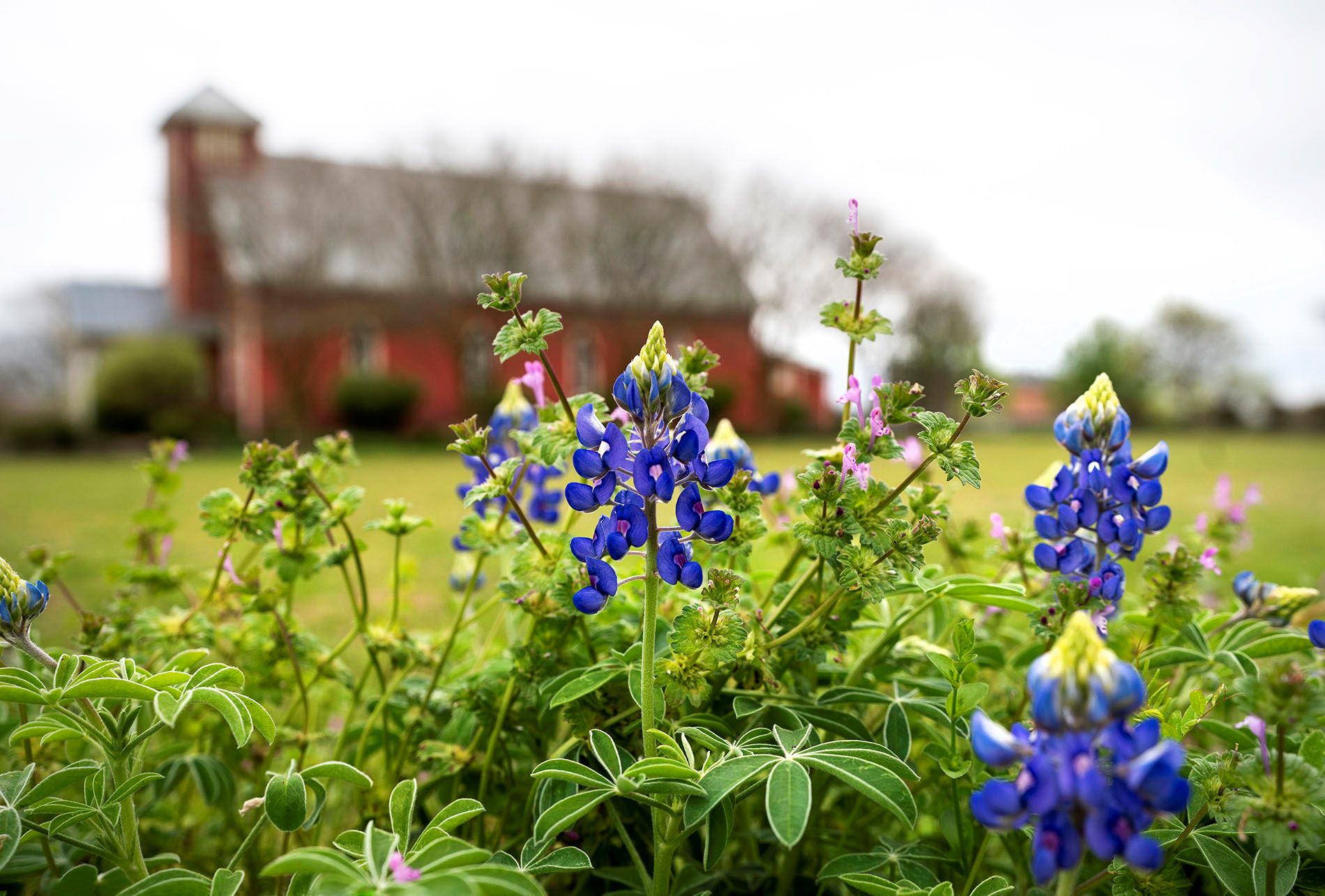

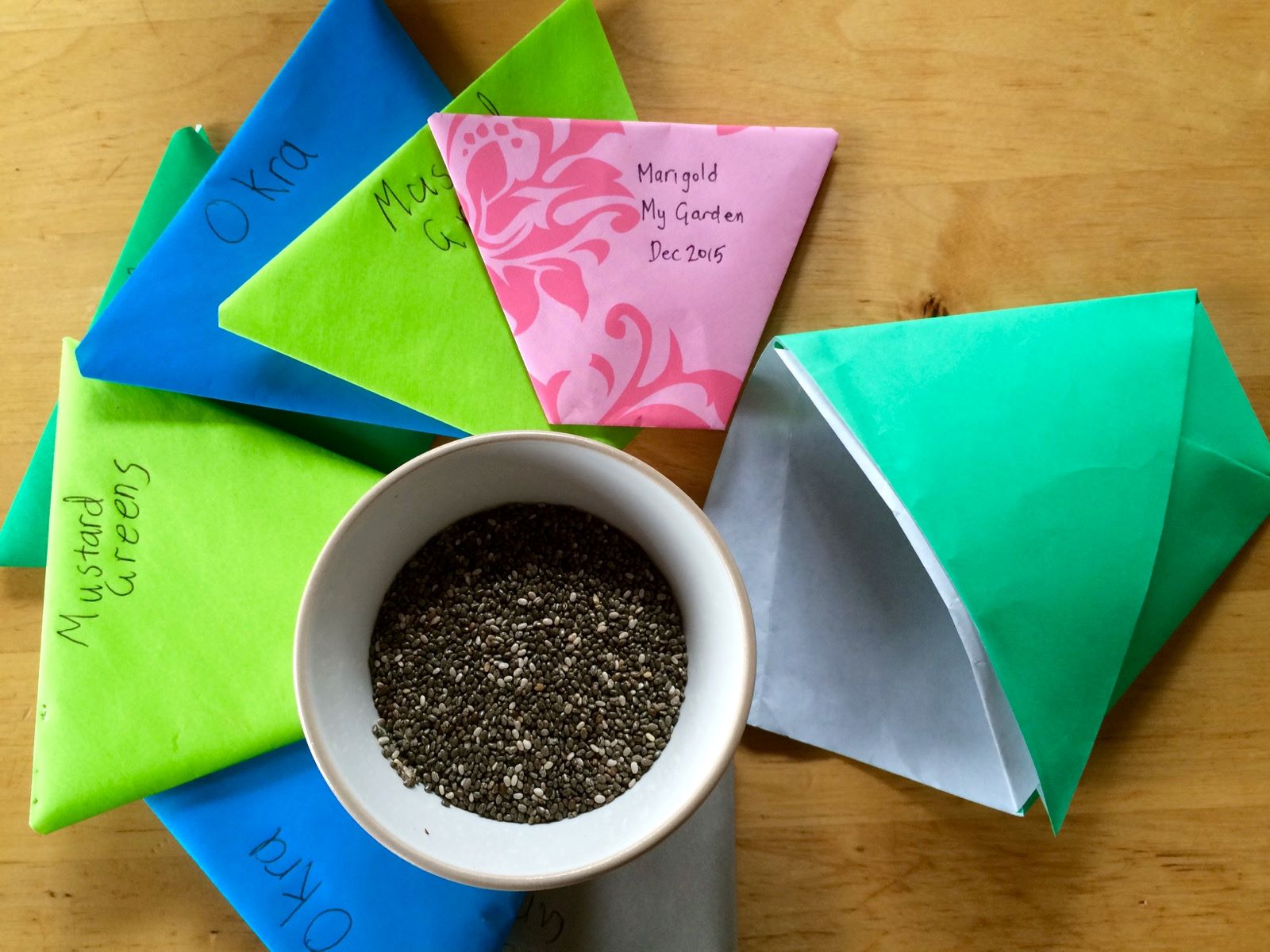
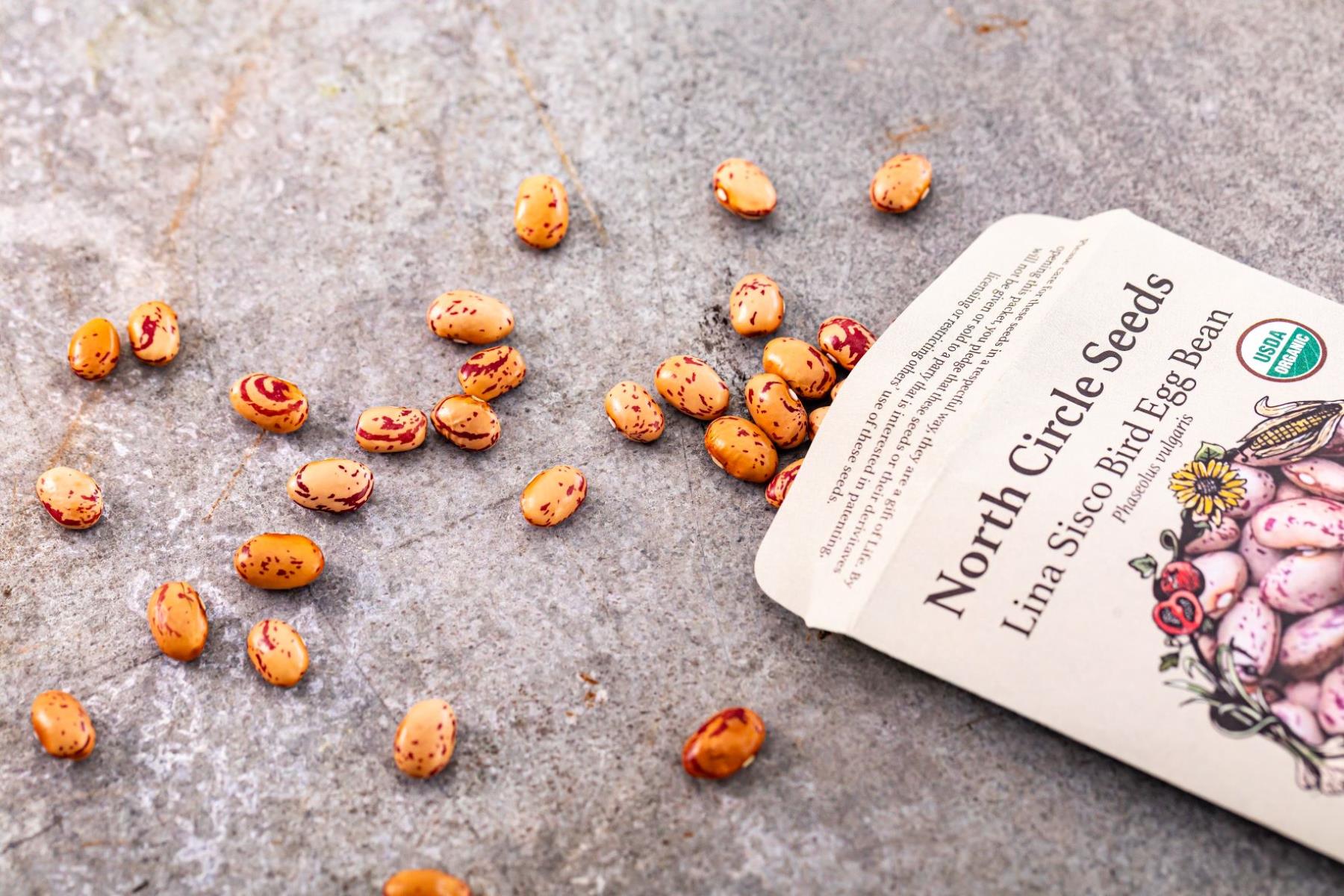
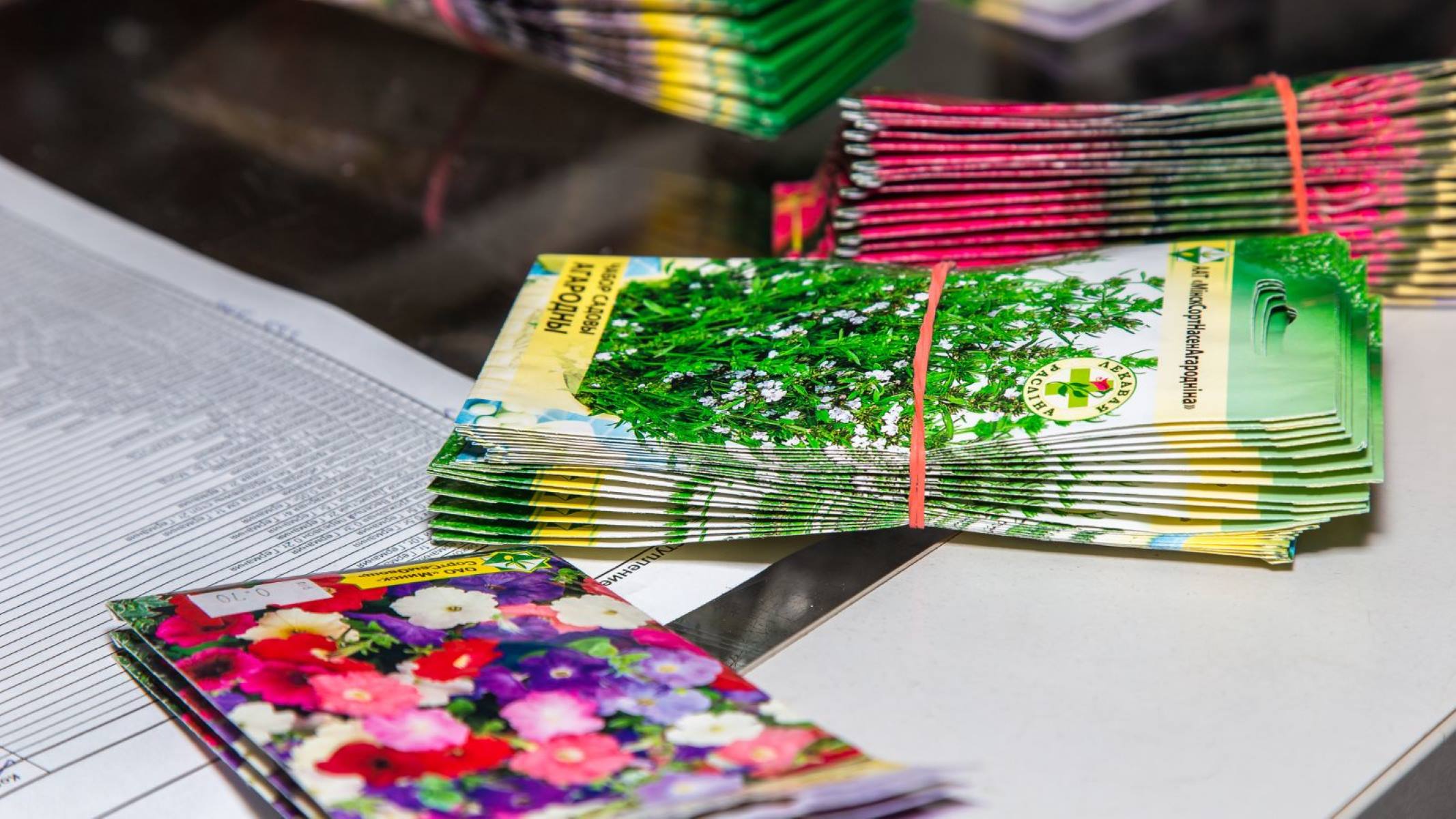


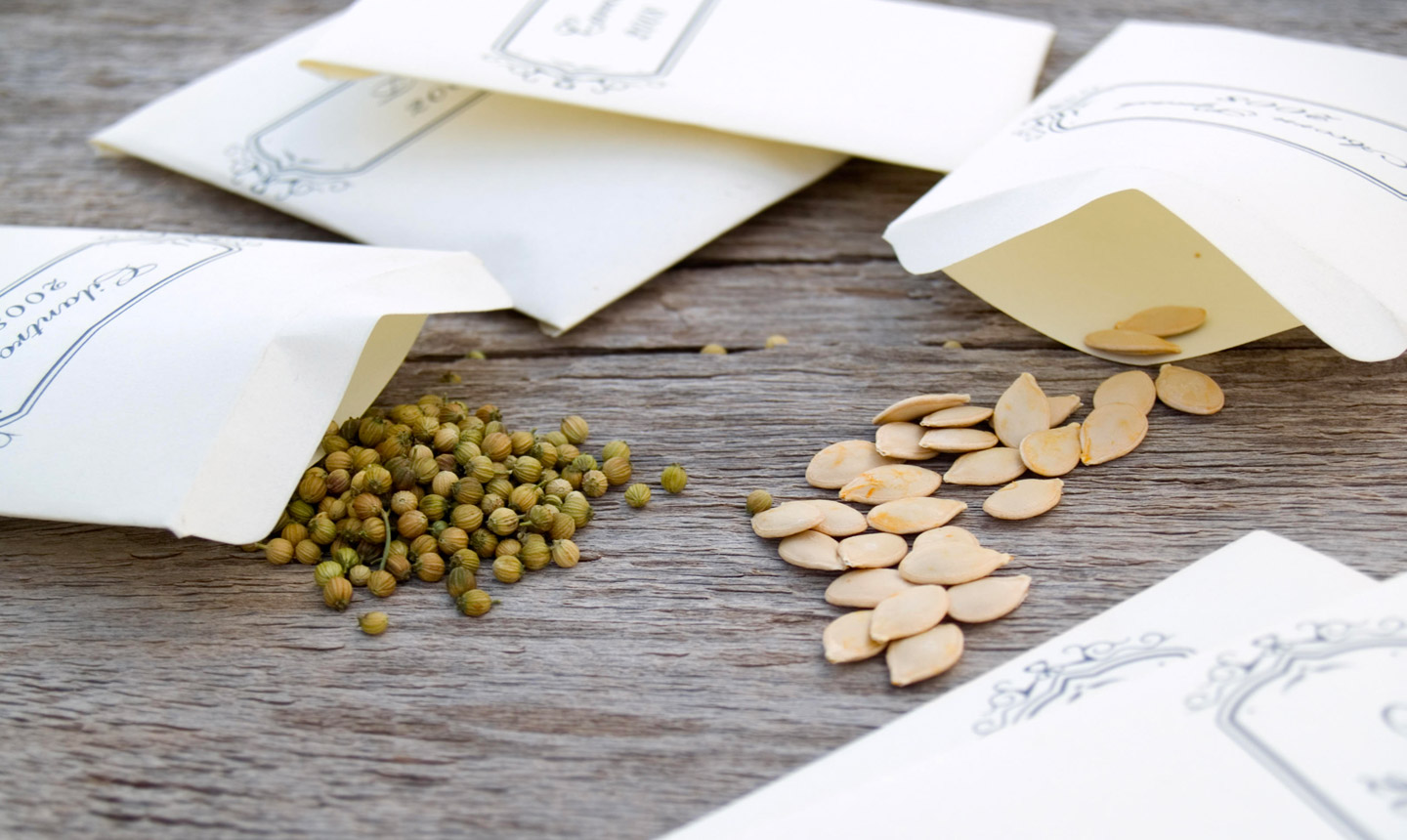

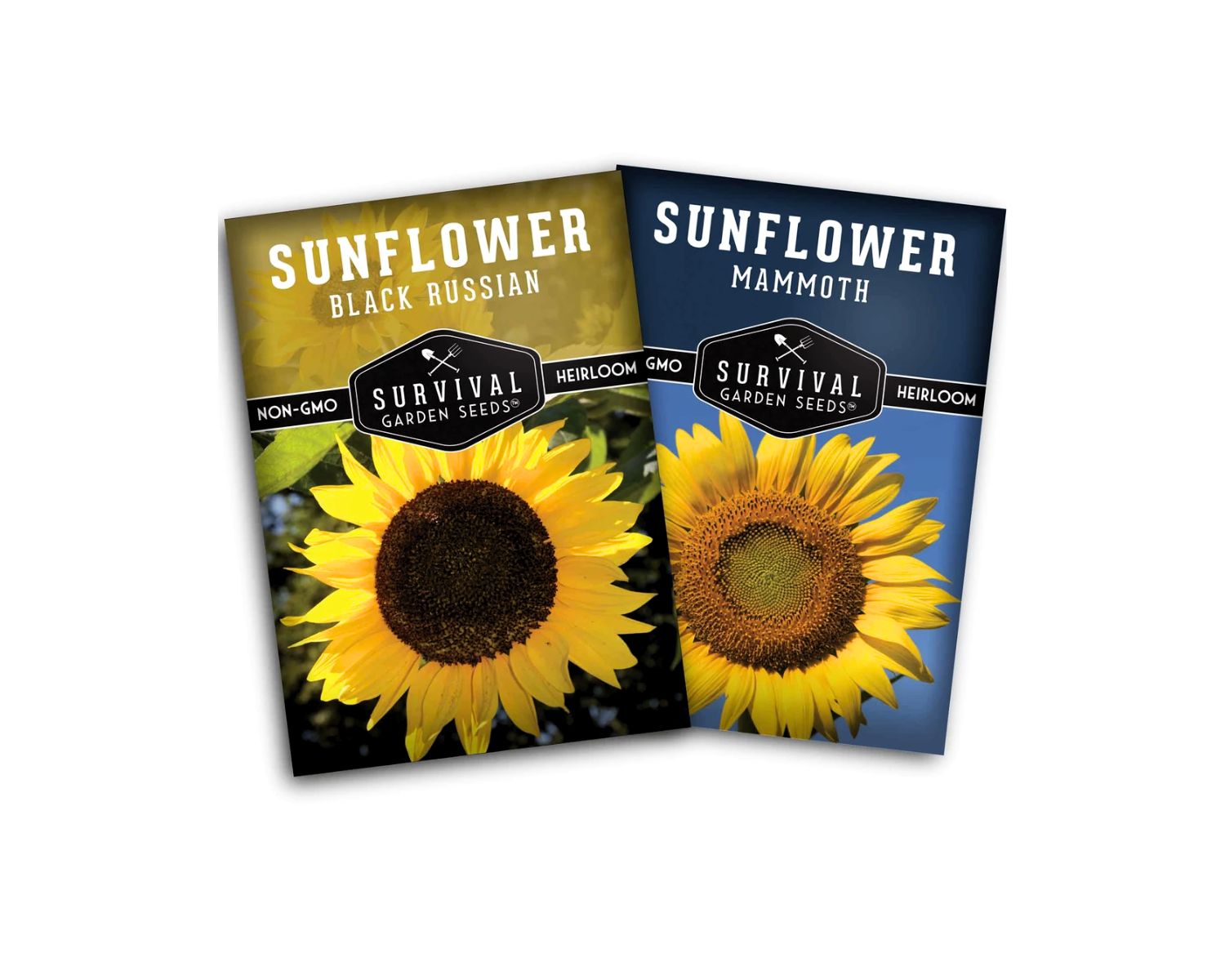


0 thoughts on “How Many Grams In A Seed Packet”